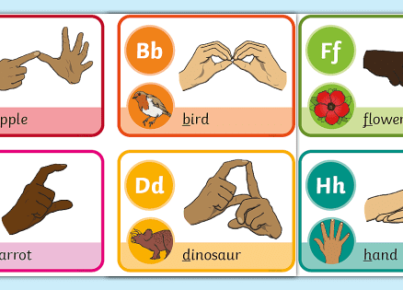Introduction:
Language learning has always been a significant part of personal and professional development. With several techniques available, finding the most effective method tailored to individual needs can be challenging. Among these approaches, conversational comic strips stand out as a unique and entertaining way to practice language skills. In this article, we will explore the advantages and applications of conversational comic strips in honing one’s linguistic abilities.
The Power of Conversational Comic Strips:
Comics are universally loved for their ability to blend visual storytelling with the written word. By coupling these elements with language practice, learners can benefit from both contextual understanding and sentence construction. Here are a few advantages of using conversational comic strips for language learning:
1. Engaging Visuals: Imagery enhances learners’ memory retention by providing context to the written text and making it more relatable.
2. Authentic Conversations: Comics often provide real-life scenarios where characters use colloquial language, slang, and idioms, helping learners understand native speech patterns.
3. Grammar Reinforcement: Conversational comic strips expose learners to various sentence structures and verb tenses that support grammar retention.
4. Fun & Entertaining: Learning through comics ensures a light-hearted approach that keeps students engaged, motivated, and eager to progress.
Applying Conversational Comic Strips in Language Practice:
Now that we understand the benefits of using comic strips for language learning let’s discuss the ways to integrate them into your study routine.
1. Start with Simple Comics: Choosing simple comics with basic dialogue is an excellent way for beginners to acclimate themselves with the new language structure. These comics usually have straightforward plots and fewer characters, allowing for easier comprehension.
2. Read Out Loud: Voicing the dialogues stimulates auditory memory and helps improve pronunciation while providing an opportunity for self-assessment.
3. Create Your Own Comics: As you progress in your language skills, challenge yourself by creating personalized comic strips. This activity encourages creativity and reinforces newly acquired vocabulary and grammar knowledge.
4. Use Language Practice Apps: Many language learning apps come preloaded with comic strip exercises or the ability to create your own, maximizing the use of comic strips in language practice. Examples include apps like Duolingo, Mango Languages, or Babbel.
5. Join Online Communities: Engage with fellow learners and native speakers by sharing and discussing comic strips in forums or social media groups dedicated to language learning.
Conclusion:
Conversational comic strips are a fun and practical method of language learning that promotes retention, motivation, and comprehension. By incorporating this innovative approach into your study routine, you will find yourself progressing much faster as you immerse yourself in an engaging and entertaining world of language practice. So grab your favorite comics or digital app and start transforming the way you learn languages today!



